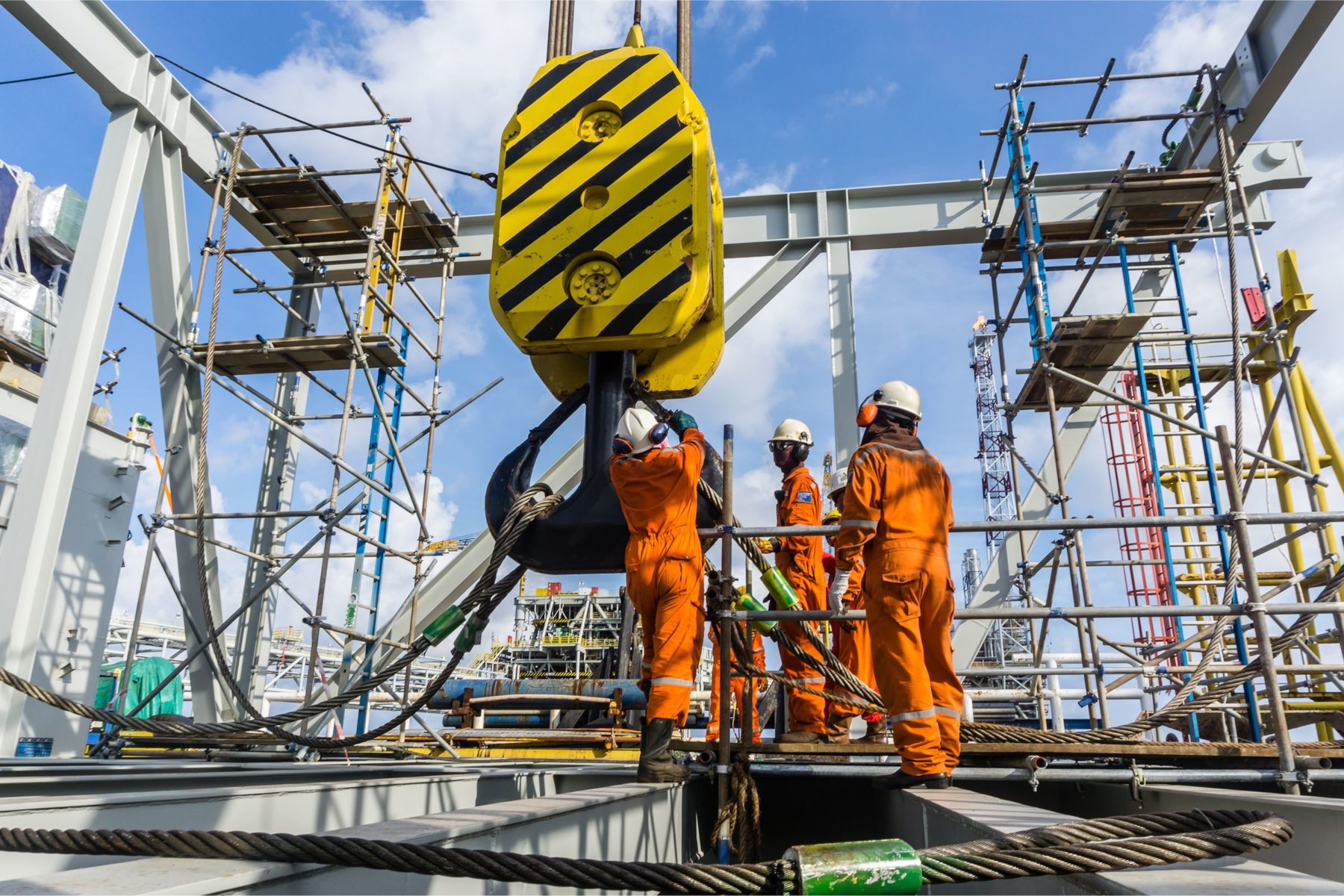
Essential Concrete Safety Tips: Protecting Workers on the Job Site Working with concrete is a fundamental aspect of the construction...
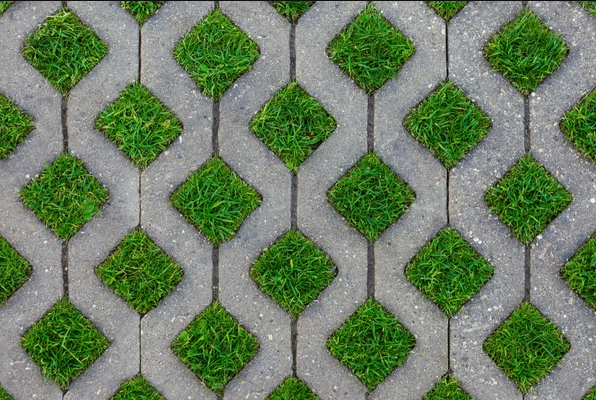
In an increasingly environmentally conscious world, sustainable construction has become a priority for many projects. Green concrete, a more eco-friendly alternative to conventional concrete, is gaining popularity due to its environmental benefits. In this article, we will explore how construction with green concrete can help reduce the environmental impact of your construction projects.
Green concrete is produced using sustainable materials such as recycled aggregates, fly ash, and blast furnace slag. These materials help reduce the demand for natural resources and minimize the environmental impact associated with the extraction and processing of raw materials.
The production of conventional concrete is one of the major sources of carbon emissions in the construction industry. Green concrete uses more efficient production techniques and lower environmental impact materials, helping to reduce carbon emissions associated with construction.
Green concrete tends to be more durable and resilient than conventional concrete, meaning it requires less maintenance and repairs over its lifespan. This reduces the amount of materials and energy needed to maintain and replace concrete structures, contributing to more sustainable construction.
Green concrete can help improve the energy efficiency of buildings by providing greater thermal mass and thermal stability. This helps regulate indoor temperatures, reducing the need for heating and cooling and, in turn, energy consumption.
During construction with green concrete, waste management and recycling practices can be implemented to further reduce environmental impact. Concrete waste can be crushed and recycled as aggregates for new concrete batches, minimizing the amount of waste sent to landfills.
There are several certifications and regulations that promote and support construction with green concrete, such as LEED (Leadership in Energy and Environmental Design) and the eco-friendly materials rating system. Compliance with these regulations can help projects gain recognition and reputation for their commitment to sustainability.
Finally, construction with green concrete also involves educating and raising awareness among all parties involved in the project, from architects and engineers to contractors and owners. Promoting a culture of sustainable construction can inspire positive changes throughout the construction industry.
Conclusion: Construction with green concrete offers a number of significant benefits for the environment and society as a whole. By adopting more sustainable construction practices and using lower environmental impact materials, we can reduce the negative impact of construction on the environment and work towards a more sustainable and planet-friendly future.

Essential Concrete Safety Tips: Protecting Workers on the Job Site Working with concrete is a fundamental aspect of the construction...
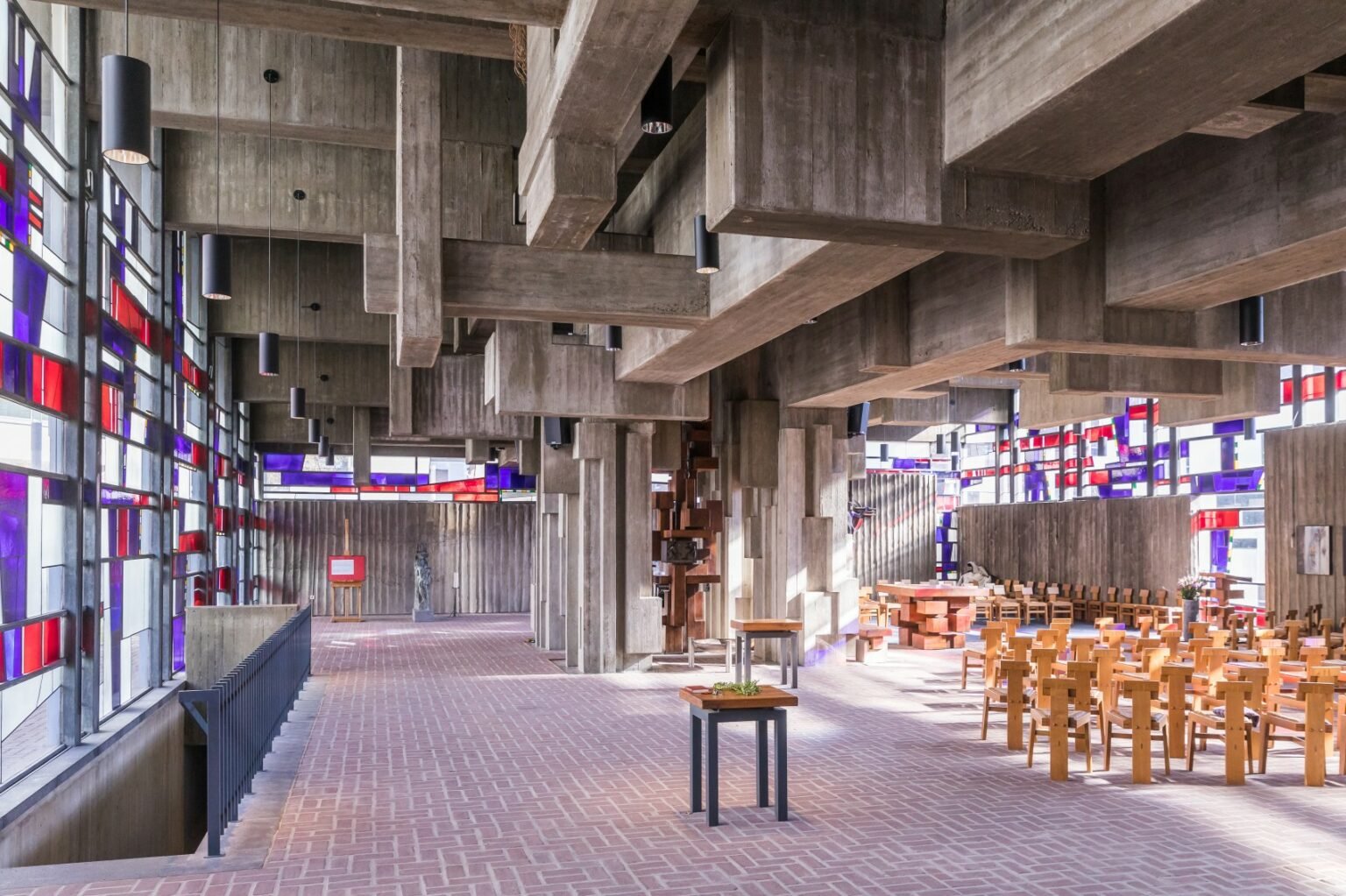
Decorative Concrete: Trends in Modern Finishes for 2025 Concrete is no longer just a construction material — it’s become a...
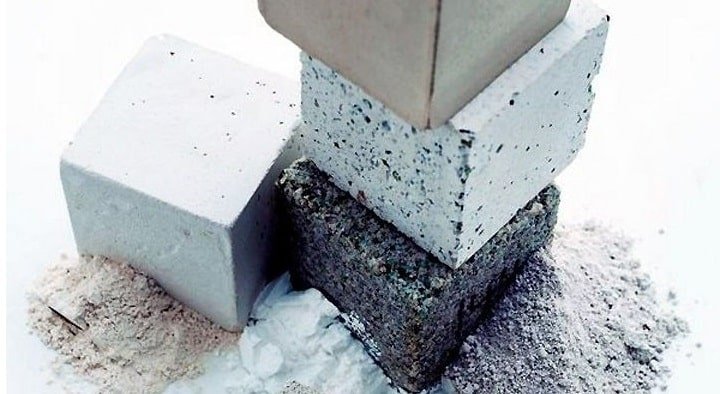
Sustainable Concrete Innovations in 2025: The Future of Eco-Friendly Construction In 2025, the construction industry continues its transformation towards sustainability,...

The Science Behind Concrete Cracking: Causes and Solutions Cracks in concrete are one of the most common issues in construction,...

Top 10 Concrete Myths Debunked: What Every Contractor Should Know Concrete is one of the most widely used construction materials,...
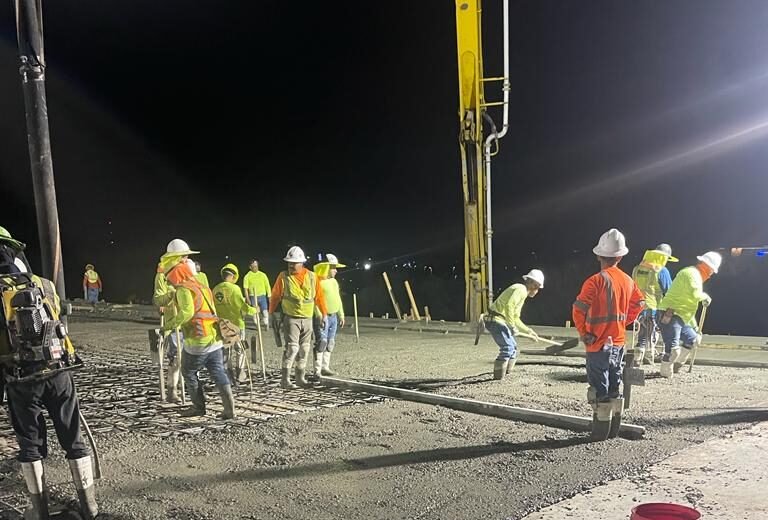
How to Plan Concrete Pouring in Large Construction Projects Pouring concrete in large-scale construction projects requires meticulous planning, logistical coordination,...
© 2023 Created with RGA Concrete Contractors LLC
This website uses cookies to provide you with the best browsing experience.